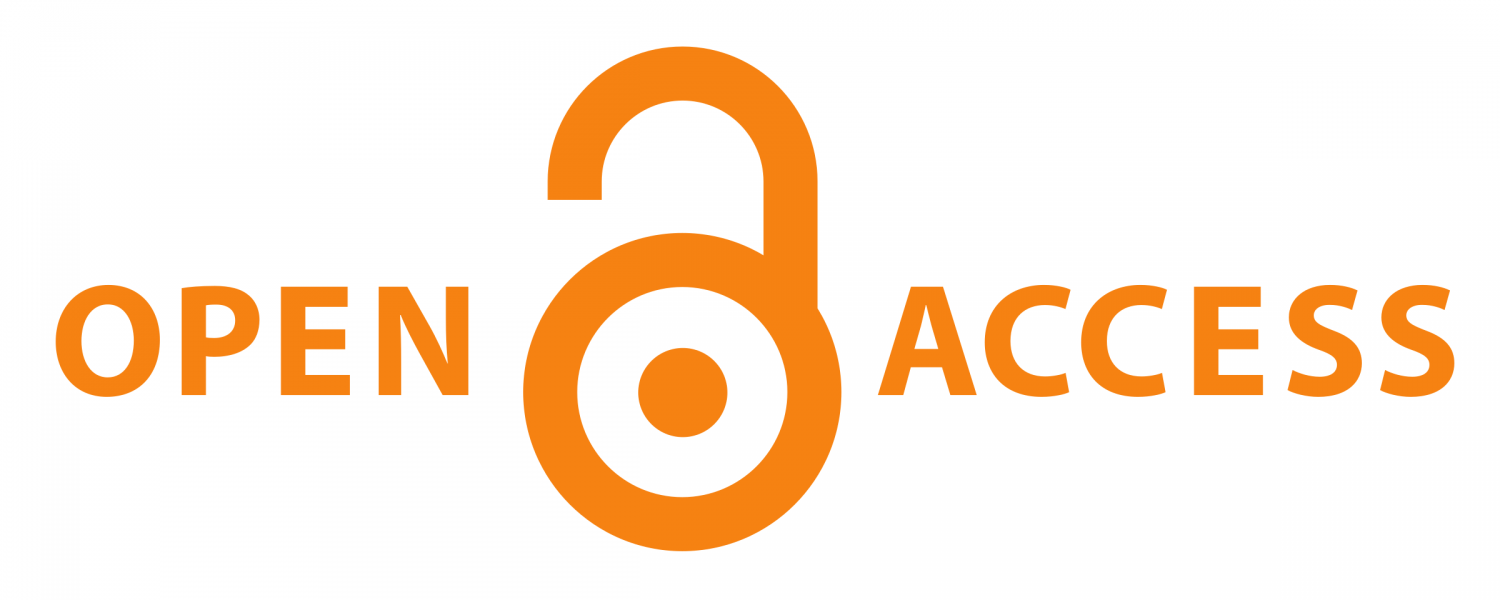Relics of the Secular
DOI:
https://doi.org/10.13135/1592-4467/8790Keywords:
religion, faith, science, secularizationAbstract
Declarations about the waning role of religion in the modern world have now been displaced by the recognition that faith still captivates the human imagination, in the Middle East, in the U.S., and elsewhere. A world fully modernized and rationalized is a world that nonetheless remains “enchanted.” As a way of asking how to think about the role of religion in America, I look at three court cases from 2006 (in Wisconsin, Georgia, and Mississippi) that stage the battle over the teaching of alternatives to Darwin within the public school’s biology classes. Arguments on behalf of “Creationism” disable the discipline of science to mark and manage its boundaries, compromising the very definition of an academic discipline. To pursue this question of boundaries within a different historical moment, I then turn to Charles Sheldon, author of In His Steps (1897) and William James, author of The Will to Believe (1897) and Varieties of Religious Experience (1902), both of whom defend religion passionately while conceptualizing it very differently. For James, religion remains private. For Sheldon, genuine religiosity requires the faithful to enact their faith at all times and in every dimension of life. It is the legacy of that insistence, I argue, that effectively dismantles any “wall” between the church and other institutions, which is why it falls to the court to adjudicate the separation of faith and science.
Downloads
Published
Issue
Section
License
RSAJournal applies a CC BY-NC-ND license to all its contributions. This license enables reusers to copy and distribute the material in any medium or format in unadapted form only, for noncommercial purposes only, and only so long as attribution is given to the creator. CC BY-NC-ND includes the following elements:
- BY: credit must be given to the creator.
- NC: Only noncommercial uses of the work are permitted.
- ND: No derivatives or adaptations of the work are permitted.
Authors who publish with this journal agree to the following terms:
- Authors retain the copyright and full publishing rights for their submissions to the journal.
- Authors grant the journal right of first publication with the work simultaneously licensed under a Creative Commons Attribution-NonCommercial-NoDerivatives 4.0 International License that allows others to share unedited work for non-commercial purposes with an acknowledgement of the work's authorship and initial publication in this journal.
- Authors are able to enter into separate, additional contractual arrangements for the non-exclusive distribution of the journal's published version of the work (e.g., post it to an institutional repository or publish it in a book), with an acknowledgement of its initial publication in this journal.




